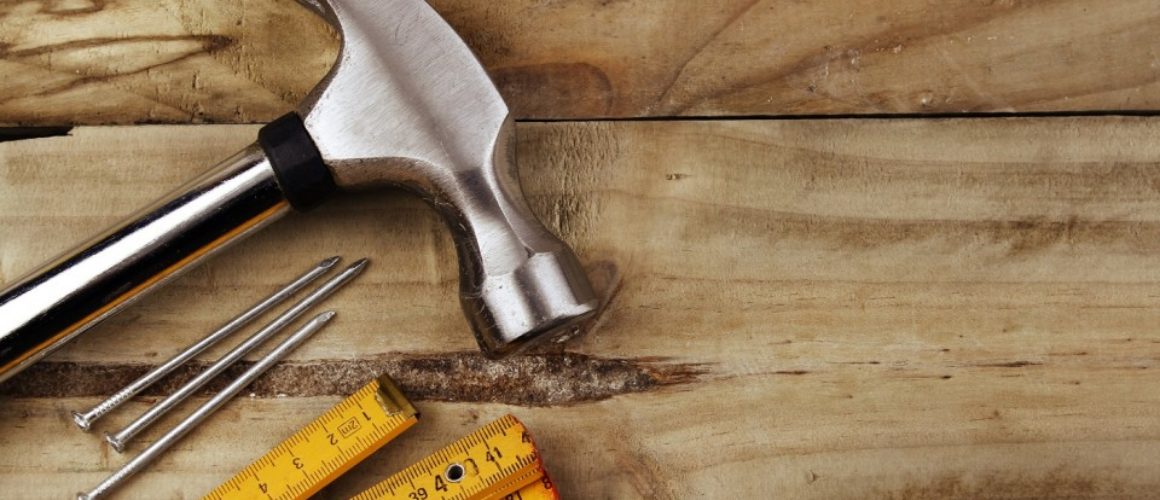Home Maintenance for First-Time Buyers
Closing on a new home is exciting, especially for a first-time buyer. However, once the unpacking is done, new homeowners have many responsibilities. From the moment the new home is inspected, you should think of how you’ll maintain it to protect your investment and avoid expensive repairs. Read on for some maintenance tips for first-time homebuyers.
Begin With the Inspection
A home inspection tells the buyer everything they need to know about the home’s condition. During the inspection, some issues are readily apparent, such as electrical and plumbing issues, HVAC systems in disrepair, mold growth, or pest infestation. When these issues are found during an inspection, they can be addressed before closing. After the most pressing problems are addressed, you can use the inspection’s findings as a rough estimate of how long certain home features will last. For instance, knowing that there’s about ten years of life left in a roof is important. Knowing what may need replacement in the future can help you prepare ahead of time.
Moving In
Newly built homes experience some settling within the first several years. You might see cracked drywall, which must be patched and repainted. Serious issues, such as foundation cracks, also take years to manifest themselves. Most homebuilders offer a year-long warranty, so these buyers are protected if issues arise within that year. If you’re moving into an existing home, you should change the locks right away for added security.
Regular Maintenance Reduces the Need for Costly Repairs
Small issues can become expensive ones if your new home isn’t properly maintained. When you move in, clear the gutters and inspect the deck if applicable. It’s also a good idea to change the filter in the home’s HVAC system right away, and every two months afterward. Get the system serviced at least once per year, and begin a seasonal maintenance program. Your winter routine should include:
- Inspection and insulation of pipes
- Shutting off outdoor faucet valves
- Forcing air out of the home’s sprinkler system
- Clearing of gutters to prevent ice damming
- Inspection of doors and windows, along with weatherstripping installation
During the spring, it’s a good idea to check windowsills, wooden decking and trim for deterioration. Pressure-wash the deck, sidewalk, patio and the exterior of the home to reduce mildew growth, and stain or seal the deck every two years. By setting a maintenance budget and practicing a good seasonal routine, you will enjoy years of worry-free living.
